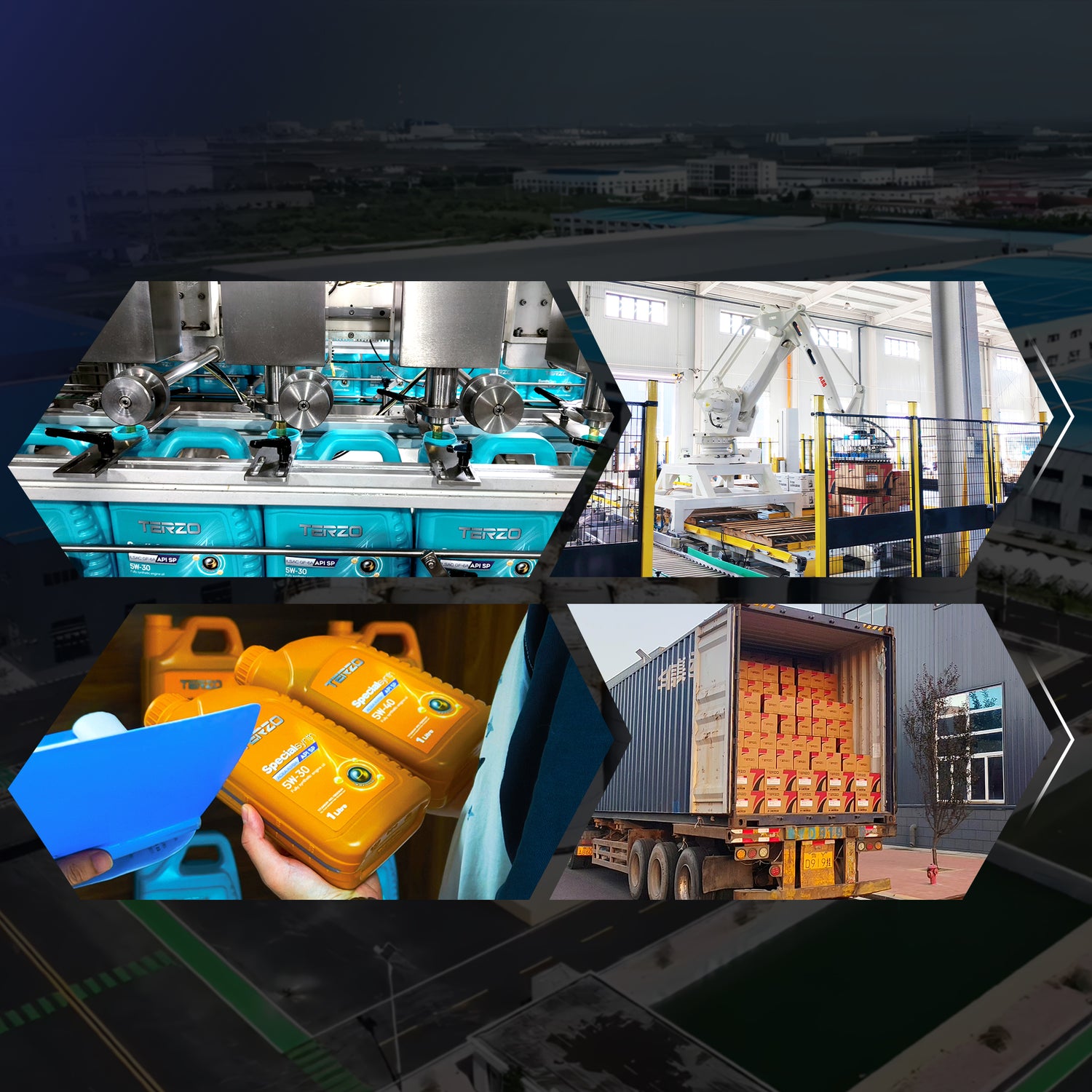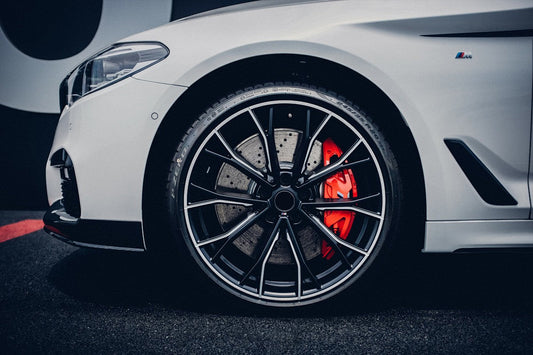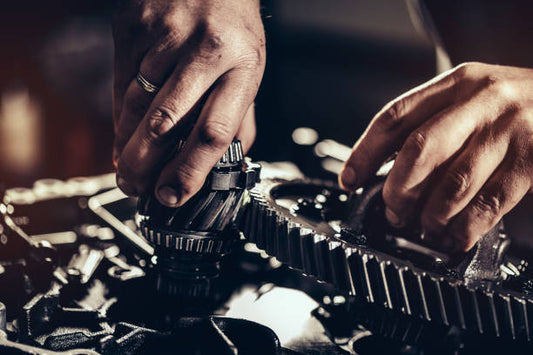
Brake Fluid Replacement: Why It’s Non-Negotiable for Safe Driving
Let’s get real—when was the last time you gave your brake fluid a second thought? Probably never. But here’s the truth: That clear, oily stuff under your hood isn’t just “liquid in a bottle.” It’s the silent workhorse that turns your foot’s tap on the pedal into a full-stop power move. Replace Brake Fluid? It’s not a “nice-to-have” service—it’s a “save-your-life” must-do. Let’s break down why, how, and when you can’t afford to skip it.
What Even Is Brake Fluid?

Brake fluid is like the middleman in your car’s braking drama. When you stomp on the pedal, your foot’s force gets sent through a network of hoses to the master cylinder, which then blasts brake fluid to each wheel. This fluid isn’t just along for the ride—it’s the key player. Unlike air (which compresses) or solids (which clunk), brake fluid is incompressible. That means when it’s pushed through the system, it delivers instant, unyielding pressure to clamp your brake pads onto the rotors. No fluid? No stopping power. No stopping power? Let’s just say highway exits get a lot scarier.
But here’s the kicker: Brake fluid isn’t invincible. Over time, it picks up moisture, dirt, and gunk—like a sponge that’s been left in the rain. And when that happens? It stops being the hero. That’s why replace brake fluid isn’t optional—it’s non-negotiable.
Why Replace Brake Fluid? Because “Out of Sight” Doesn’t Mean “Out of Trouble”
You know those squeaky brake pads that make you go, “Hmm, maybe I should check that”? Brake fluid issues are quieter—but way more dangerous. Let’s talk specifics:
1. Moisture
Brake fluid is “hygroscopic,” which sounds fancy but means it’s a total water magnet. Even though your system’s sealed, tiny amounts of moisture sneak in over time—through hoses, seals, or even the air you breathe. By the time you hit 30,000 miles, that fluid could be 3% water. Sound small? That 3% slashes its boiling point. Imagine this: You’re cruising downhill, hitting the brakes hard. The fluid boils, turns to gas, and suddenly your brakes feel like they’re pressing on a pillow. Spoiler: Pillow brakes don’t stop cars.
2. Gunk
Every time your brakes work, tiny bits of rubber (from pads), rust (from steel parts), and debris flake off. These particles float around in the fluid until they clog the tiny passages in your calipers or master cylinder. Think of it like pouring sand into a straw—you’re not getting the pressure you need. The result? Soft pedals, longer stops, and a whole lot of panic.
3. ABS & Traction Control Hate Dirty Fluid
Modern cars rely on ABS, traction control, and stability systems to keep you from skidding into a ditch. These systems work by rapidly pulsing the brakes—but only if the fluid is clean. Contaminated fluid gums up their sensors and valves, turning life-saving tech into expensive paperweights.
How Often Should Brake Fluid Be Replaced?
Most manufacturers say every 2 years or 30,000 miles—but this isn’t a one-size-fits-all rule. If you:
- Drive in stop-and-go traffic (hello, city drivers!),
- Tow heavy loads (your brakes work harder),
- Live in a rainy/humid area (moisture loves you),
you might need to replace brake fluid more often. Bottom line: When in doubt, check it out. A quick peek at your reservoir (look for “LOW”/“FULL” lines) or a professional scan can tell you if it’s time.
What Happens During a Brake Fluid Replacement?
Replace brake fluid isn’t like changing wiper fluid. Here’s the play-by-play pros follow:
Step 1: Drain the Old Stuff
First, they’ll locate the brake fluid reservoir under your hood and suck out the old, gunky fluid with a syringe or pump. No half-measures—if you leave even a drop, it’ll mix with the new stuff and undo all the work.
Step 2: Bleed the System
Next, they’ll tackle each wheel one by one (starting from the farthest from the reservoir, usually the rear passenger side). Using a “bleeder screw” on the caliper, they’ll open the valve and have a helper pump the brakes. As the pedal sinks, old fluid (and air bubbles) flows out into a catch basin. They’ll keep doing this until what comes out is clear, like lemonade.
Step 3: Refill with Fresh Fluid
Once all wheels are bled, they’ll top off the reservoir with fresh, manufacturer-approved brake fluid (DOT 3, 4, or 5.1—don’t mix types!). No overfilling, though—too much fluid causes foaming, which is just as bad as old fluid.
Step 4: Test Drive
Finally, they’ll take your car for a spin—hard stops, quick stops, hill stops—to make sure the pedal feels firm and the brakes respond instantly. If not? They’ll bleed the system again. No cutting corners.
Why Hire a Pro?
You could try replace brake fluid yourself—YouTube has tutorials, after all. But here’s the reality: One wrong move (like letting air into the system) and your brakes could fail when you need them most. Pros have the tools (pressure bleeders, vacuum pumps) and know-how to get it done right the first time. They’ll also spot other issues—like a cracked master cylinder or worn hoses—before they turn into disasters.
Plus, think about the cost. A DIY brake fluid change cost runs around 50 for fluid and tools. A pro job? 130. That’s not a huge difference for peace of mind. And when you factor in avoiding a $1,000+ brake system repair (or worse, an accident)? Totally worth it.
Brake Fluid Replacement Isn’t Optional
Brake fluid doesn’t last forever. It soaks up moisture, traps dirt, and ages like milk left out on the counter. Replace brake fluid every 2 years (or 30k miles—whichever comes first) isn’t just about following a schedule—it’s about keeping your car’s most critical safety system in top shape. So next time you’re due for an oil change, ask your mechanic to check your brake fluid too. Your future self (and your passengers) will thank you.




